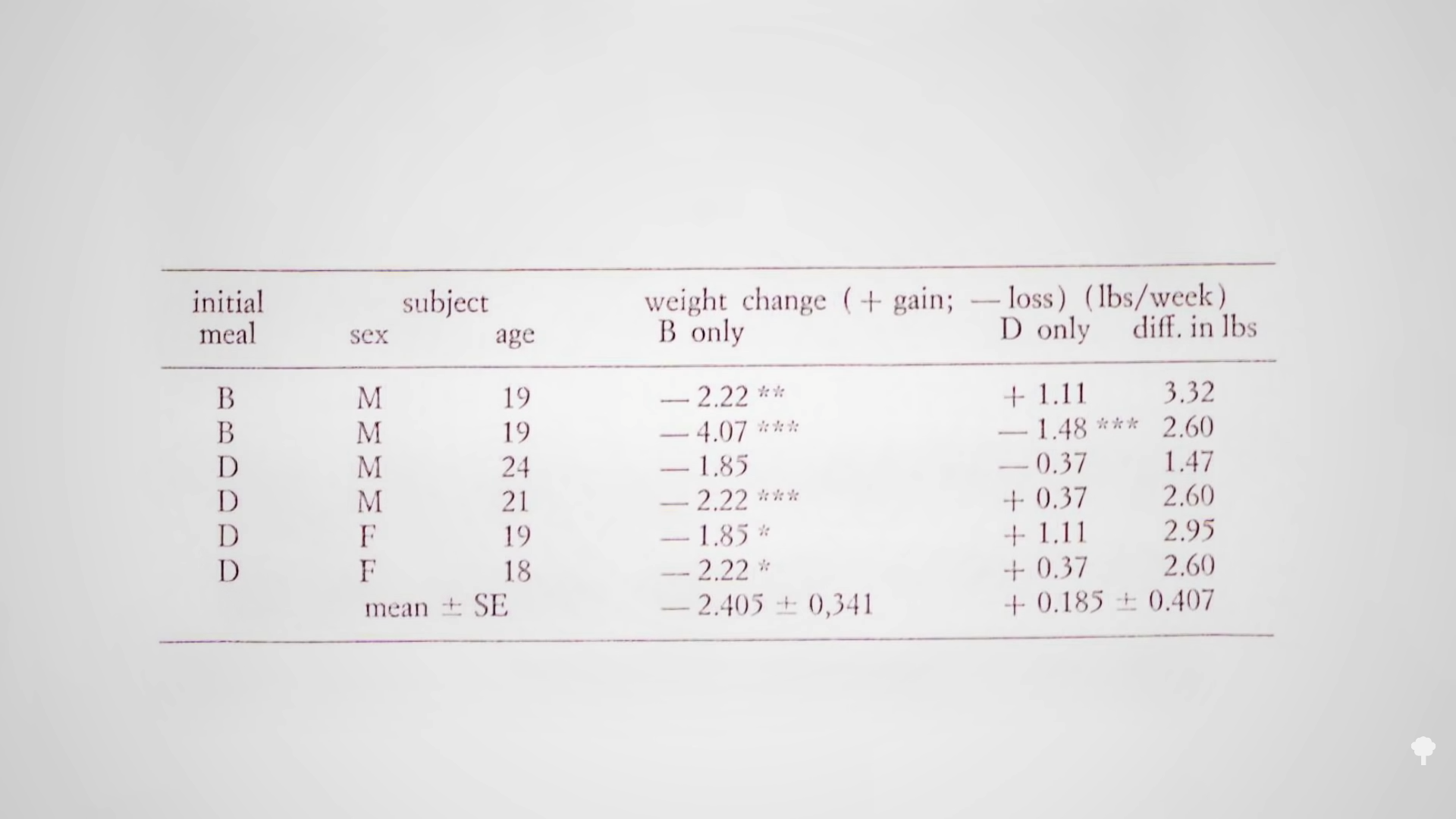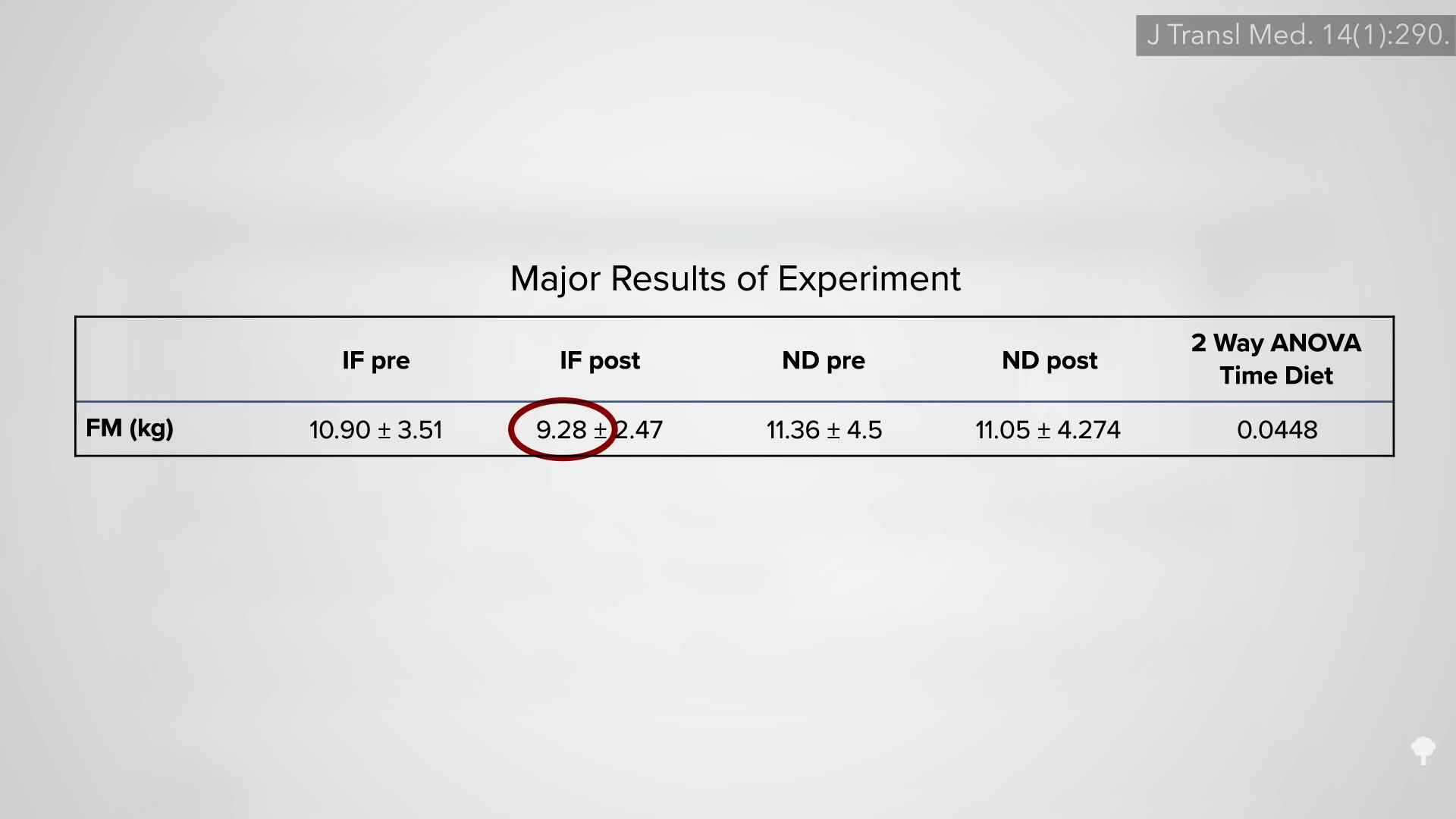Are there advantages to giving your self an even bigger every day break from consuming?
The explanation many blood checks are taken after an in a single day quick is that meals can tip our system out of stability, bumping up sure biomarkers for illness, reminiscent of blood sugars, insulin, ldl cholesterol, and triglycerides. But, as you may see within the graph beneath and at 0:20 in my video Time-Restricted Consuming Put to the Check, fewer than one in ten People might even make it 12 hours with out consuming. As evolutionarily unnatural as getting three meals a day is, most of us are consuming much more than that. One examine used a smartphone app to report greater than 25,000 consuming occasions and located that individuals tended to eat about each three hours over a median span of about 15 hours a day. May it’s useful to offer our our bodies an even bigger break?

Time-restricted feeding is “outlined as fasting for intervals of at the least 12 hours however lower than 24 hours,” and this entails attempting to confine caloric consumption to a set window of time, sometimes starting from 3 to 4 hours, 7 to 9 hours, or 10 to 12 hours a day, which leads to a every day quick lasting 12 to 21 hours. When mice are restricted to a every day feeding window, they achieve much less weight even when fed the identical quantity as mice “with ad-lib entry.” Rodents have such excessive metabolisms, although, {that a} single day of fasting can starve away as a lot as 15 p.c of their lean physique mass. This makes it tough to extrapolate from mouse fashions. You don’t know what occurs in people till you place it to the check.
The drop-out charges in time-restricted feeding trials definitely seem decrease than most extended types of intermittent fasting, suggesting it’s extra simply tolerable, however does it work? Researchers discovered that when individuals stopped consuming from 7:00 p.m. to six:00 a.m. for 2 weeks, they misplaced a couple of pound every week in comparison with no time restriction. Observe that “there have been no further directions or suggestions on the quantity or sort of meals consumed,” and no devices, calorie counting, or record-keeping both. The examine members have been simply advised to restrict their meals consumption to the hours of 6:00 a.m. and seven:00 p.m., a easy intervention that’s straightforward to know and put into follow.
The following logical step? Put it to the check for months as an alternative of simply weeks. Overweight women and men have been requested to limit consuming to the eight-hour window between 10:00 a.m. and 6:00 p.m. Twelve weeks later, they’d misplaced almost seven kilos, as you may see within the graph beneath and at 2:18 in my video. This deceptively easy intervention could also be working from a number of totally different angles. Individuals not solely are inclined to eat extra meals later within the day, however eat larger fats meals later within the day. By eliminating consuming within the late-evening hours, one removes prime-time snacking on the sofa, a high-risk time for overeating. And, certainly, through the no-eating-after-7:00-p.m. examine, the topics have been inadvertently consuming about 250 fewer energy a day. Then, there are additionally the chronobiological advantages of avoiding late-night consuming.

I did an entire sequence of movies in regards to the position our circadian rhythms have within the weight problems epidemic, how the timing of meals can be vital, and the way we will match meal timing to our physique clocks. Simply to offer you a style: Do you know that energy eaten at dinner are considerably extra fattening than the identical variety of energy eaten at breakfast? See the desk beneath and at 3:08 in my video. 
Energy consumed within the morning trigger much less weight achieve than the identical energy eaten within the night. A weight loss program with an even bigger breakfast causes extra weight reduction than the identical precise weight loss program with an even bigger dinner, as you may see within the graph beneath and at 3:21 in my video, and nighttime snacks are extra fattening than the identical snacks if eaten within the daytime. Because of our circadian rhythms, metabolic slowing, starvation, carbohydrate intolerance, triglycerides, and a propensity for weight achieve are all issues that go bump within the evening.

What in regards to the fasting element of time-restricted feeding? There’s already the double advantage of getting fewer energy and avoiding night-time consuming. Does the truth that you’re fasting for 11 or 16 hours a day play any position, contemplating the typical individual might solely make it about 9 hours a day with out consuming? How would you design an experiment to check that? What in the event you randomized individuals into two teams and had each teams eat the identical variety of energy a day and likewise eat late into the night, however one group fasted even longer, for 20 hours? That’s precisely what researchers on the USDA and Nationwide Institute of Ageing did.
Women and men have been randomized to eat three meals a day or match all of those self same energy right into a four-hour window between 5:00 p.m. and 9:00 p.m., then quick the remainder of the day. If the weight-loss advantages from the opposite two time-restricted feeding research have been because of the passive calorie restriction or avoidance of late-night consuming, then, presumably, each of those teams ought to find yourself the identical as a result of they’re each consuming the identical quantity they usually’re each consuming late. That’s not what occurred, although. As you may see beneath and at 4:49 in my video, after eight weeks, the time-restricted feeding group ended up with much less physique fats, almost 5 kilos much less. They acquired about the identical variety of energy, however they misplaced extra weight.

As seen beneath and at 5:00 in my video, an identical examine with an eight-hour consuming window resulted in three extra kilos of fats loss. So, there does appear to be one thing to giving your physique every day breaks from consuming across the clock.

As a result of that four-hour consuming window within the examine was at evening, although, the members suffered the chronobiological penalties—vital elevations in blood strain and levels of cholesterol—regardless of the load loss, as you may see beneath and at 5:13 in my video. One of the best of each worlds was demonstrated in 2018: early time-restricted feeding, consuming with a slender window earlier within the day, which I coated in my video The Advantages of Early Time-Restricted Consuming.

Isn’t that mind-blowing in regards to the circadian rhythm enterprise? Energy within the morning depend much less and are more healthy than energy within the night. So, in the event you’re going to skip a meal to widen your every day fasting window, skip dinner as an alternative of breakfast.
If you happen to missed any of the opposite movies on this fasting sequence, try the associated movies beneath.